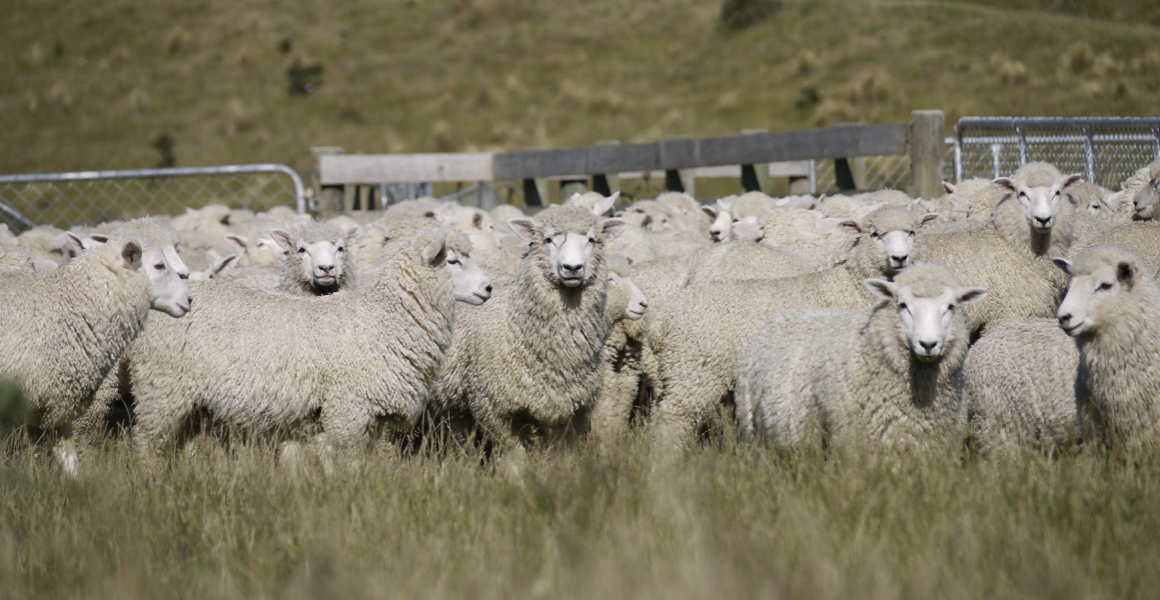
Clostridial diseases are diseases caused by bacteria that are able to form resistant spores. These spores are resistant to extremes in temperature and can survive in soil for many years, with some clostridial bacteria also existing within the normal intestinal flora of healthy stock. Under the right conditions, such as when a spore is present in damaged body tissue, the bacteria can rapidly germinate, multiply and produce toxins. Due to the rapid release of these toxins into the bloodstream, the first sign of clostridial disease on farm is often finding dead animals.
There are many risk factors that can increase the likelihood of animals developing clostridial disease, and some of these are animal factors such as immune status, liver health and the presence of a wound (eg post tailing or castration). Environmental risk factors exist in the form of dietary predisposition or increased exposure to spores. In young fast-growing animals on a high level of nutrition, clostridial bacteria can multiply in the gut; this can also occur even in adult animals with high intakes, changes in diet or when on a diet that is rich in carbohydrates or protein.
Crop feeding can be especially risky for the development of clostridial disease due to the reasons already mentioned but also the increased exposure to spores that can occur on crops. Intensive grazing, soil ingestion and faecal contamination of feed can all contribute to an increased risk of clostridial disease.
Pulpy kidney, tetanus, blackleg and malignant oedema are the main clostridial diseases that are traditionally recognised, and these are all covered by a 5-in-1 or 7-in-1 (5-in-1 clostridial cover plus two leptospirosis strains) vaccine. In order to also get protection against “sudden death syndrome”, which is associated with Clostridium sordellii, a 6-, 8- or 10-in-1 vaccine is required.
Using a 10-in-1 vaccine gives you the best insurance against clostridial deaths, especially in situations where you will be feeding crops. If you are currently using a 5-in-1 vaccine but still experience the frustration of losing young, healthy, fast-growing stock on good feed, or sudden unexplained deaths in any age group, we recommend speaking to your Vetlife veterinarian about switching to 10in-1.